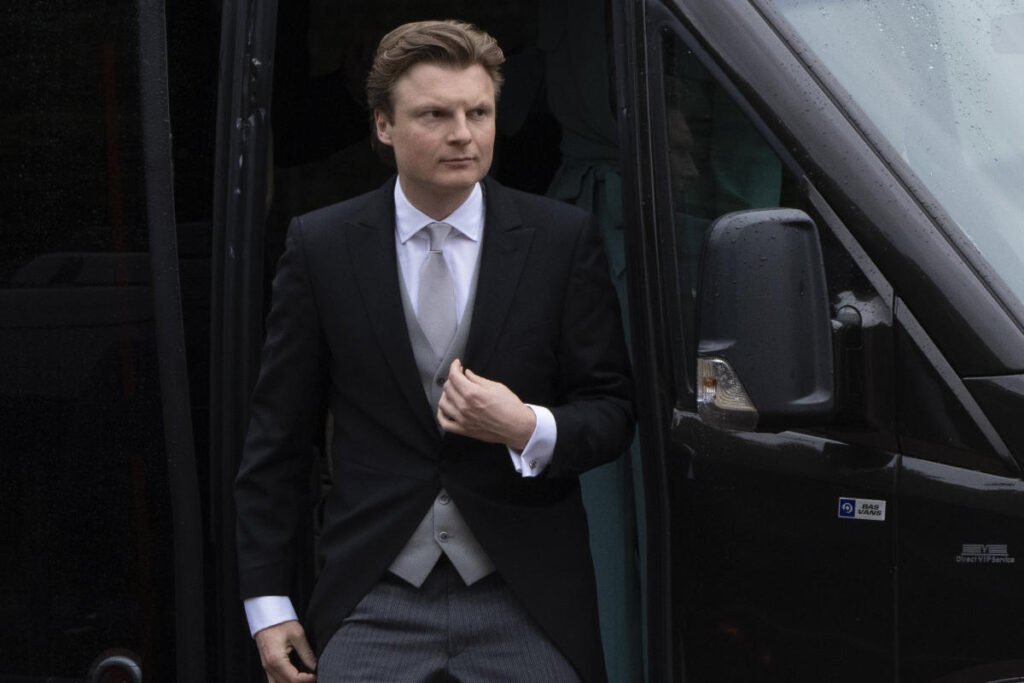THE HAGUE, Netherlands (AP) — The Dutch Defense Ministry on Thursday announced a sweeping plan to “future-proof” the country’s military, including the purchase of more F-35 fighter jets and the return of a Dutch tank battalion as it prepares for a world of increasing threats.
The Netherlands and other members of the NATO military alliance are looking with new urgency at how to strengthen their militaries since The Russian invasion of Ukraine led to a large-scale war on the eastern flank of Europe.
Gijs Tuinman, State Secretary for Defence, called the white paper outlining the investments “the most ambitious military agenda in modern Dutch history.”
The major investments – an additional 2.4 billion euros ($2.66 billion) a year to bring the annual defense budget to 24 billion euros ($266 billion) – come weeks before the former Dutch prime minister Mark Rutte becomes the new leader of NATO.
The financial boost should ensure that the Dutch government remains above the military alliance’s target, namely that member states spend at least 2% of GDP on defense. Dutch military spending is already expected to exceed the 2% target this year.
“The minister and I are convinced that with this Defense Note we are taking the right steps towards a future-proof armed forces,” said Tuinman, standing next to Defense Minister Ruben Brekelmans.
NATO spokesman Farah Dakhlallah welcomed the announcement.
“In a more uncertain security environment, this is an important step for the deterrence and defense of the Netherlands and NATO. 23 allies currently meet or exceed the 2% defense spending guideline and defense spending is on an upward trend within the alliance,” Dakhlallah said.
The plan outlines the risks to Dutch and NATO security, from Eastern Europe to the Middle and Far East. These risks are addressed to varying degrees by allies within the alliance.
“Where Russia seeks confrontation, China undermines the international rule of law in a more indirect but also more structural way,” the report warned.
The Netherlands phased out its own tanks more than a decade ago, although it still maintains a joint tank battalion with neighboring Germany. In addition to new tanks and more F-35 fighter jets, the white paper calls for new anti-submarine frigates and new weapons systems for the navy.
Dick Zandzee, head of the Security and Defence programme at the Clingendael Institute think tank in The Hague, welcomed the white paper, which was published shortly before the country’s annual budget was announced.
“A lot of the capability gaps, as indicated by NATO, will now be resolved. Of course it will take time to implement it, but at least they have been announced and the money has been made available, so that is very positive,” Zandzee said in a telephone interview.
He said one shortcoming was not increasing the number of army battalions to NATO level. NATO asks for four and the Netherlands only has two, Zandzee said.
“There has been no announcement that those two battalions, or either of them, will be re-established,” he said, indicating that the problem is a lack of personnel rather than a lack of money.
The white paper also attempts to address this and calls for major investments in recruiting and training defence personnel.
“The new threat not only requires us to be quickly deployable, but also, and above all, to have stamina. And that requires more of everything: supplies, support and personnel,” said Dutch Defence Chief General Onno Eichelsheim.







